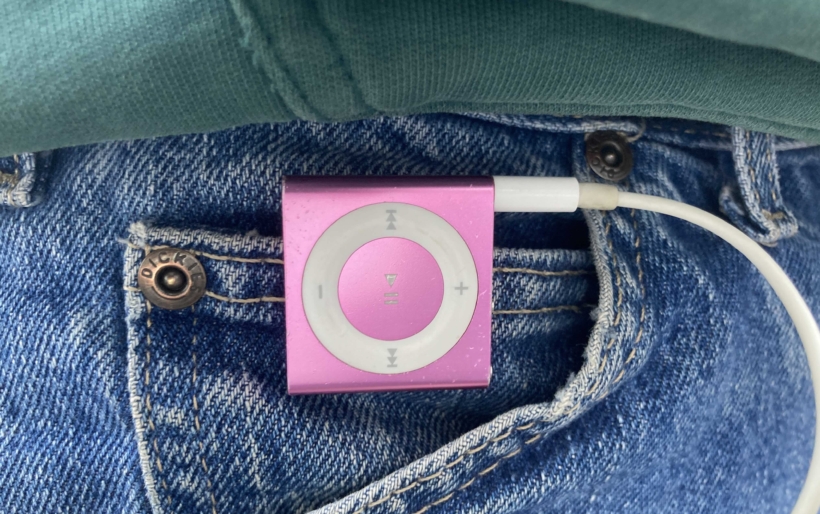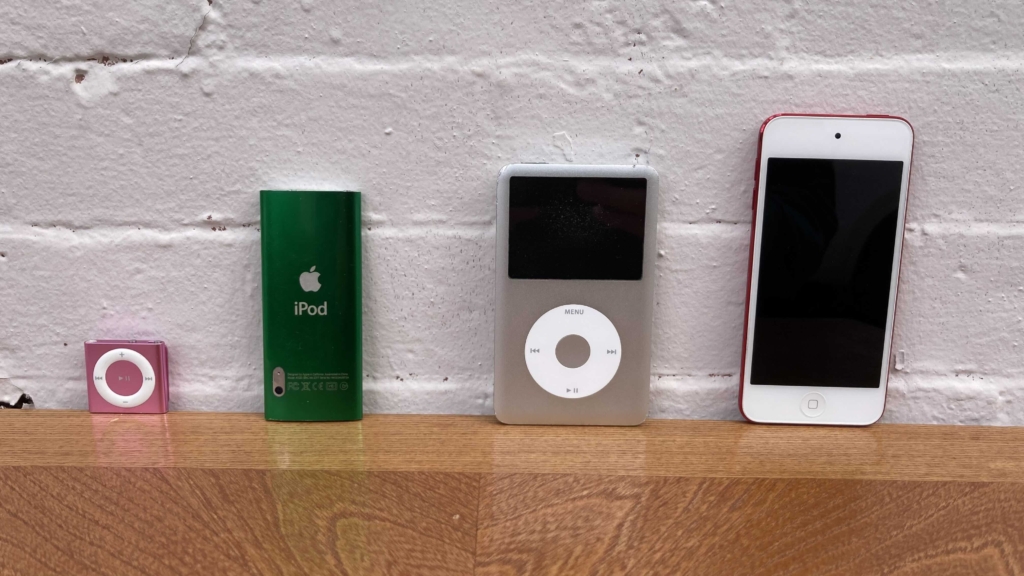
Can iPods change the music industry again?
Nostalgia, streaming fatigue, and a renewed desire to truly own your music are giving the humble iPod a second chance in 2025
The Apple iPod undoubtedly changed the ways of casual music consumption during the 2000s, but now in 2025, people are trying to bring the iPod back to life. With nostalgia as powerful as ever, rising hype for investing in collectibles, and relationships with streaming services becoming more complicated, the storm has been perfect for regenerating interest in the iPod.
Music streaming and smartphones may have made the iPod feel outdated, but they haven’t made it irrelevant. For many listeners, the act of deliberately curating a music library can bring a renewed sense of purpose to listening and discovery, something that algorithms and playlists have drained from us. Streaming giant Spotify has also faced turbulence this year, with highly publicized artist departures that have made the platform seem less unshakable than before. iPods are not rare on the resale market (at least not yet), but with the line being fully discontinued by Apple in May 2022, it might be time to track down a functional device before prices rise.

Why use an iPod in 2025?
There is a finite amount of authentic iPods out there at this point. Some models are easier to repair (or modify) than others, but as time goes on, functional iPods should become harder to come by, ‘dead stock’ or ‘mint’ devices even more so. The Classic has been adopted by tech engineers as a favorite model for modding, with videos existing of people changing its appearance, adding a USB-C charging port, and even enabling Bluetooth.
The final generation of the iPod Classic was in production for about 7 years, but oddities like the iPod Mini (the original Nano), the iPod Photo (a variant of the 4th Gen Classic with color display), and the iPod Shuffle 3rd Generation were only in production for about 6 months. Each Nano was only manufactured for a year as well, limiting some of the more creatively designed iPods. Keep an eye out for 2nd and 3rd Gen Nanos solely because of their looks, and the 5th Gen which featured a video camera.
In June of this year, it was publicized that Spotify CEO Daniel Ek had invested around €600 million into Helsing, a defense company that manufactures AI-based military weaponry. This led to a large amount of user backlash, as well as multiple high-profile acts pulling their music from the platform, such as Massive Attack, Hotline TNT, and Sylvan Esso. Following this controversy, many users have taken action to find an alternative music platform that seems morally grounded, exciting to use, and thoroughly supportive of artists.
Streaming still dominates the music industry, and most Spotify subscribers will likely stick with the convenience of staying on the platform. For listeners unsettled enough by recent controversies to consider leaving, though, it may be worth rethinking subscription-based streaming altogether. One approach is to use sites like Bandcamp or YouTube for an initial free listen, then purchase the album in a format that pays the artist more directly and provides a permanent digital copy for an iPod or other device. The idea of owning music instead of essentially renting it doesn’t get much attention in the streaming era, but with growing dissatisfaction around major platforms, this can be an appealing moment to revamp or start a digital music library and experiment with a modern iPod-style way of listening.
Fashion is subjective, but it is hard to deny the grip that the Y2K and early 2000’s aesthetic has had on young people since the current decade began. Bright, colorful accessories play a large part in achieving this look, and what’s a cooler pop of color than an iPod Shuffle 4th Generation on your pocket (or in your hair)? Most generations of the Nano, Classic, and even the early Touch simply have that 2000’s look because they are so far removed from the appearance of modern devices. Since the 2nd Generation, the Nano’s LCD screen could support album covers, and eventually the Cover Flow display window was implemented, allowing users to digitally flip through their collection of albums in a futuristic library. The Click Wheel itself is also an iconic feature of early iPods, and a fun break from the touchscreen monopoly we live in now.
Technology in 2025 has been dominated by advancements in artificial intelligence (AI), which seems to be leading towards the simplification of researching topics, the automated generation of content, and the enhancement of the computer’s power. Most everyone can acknowledge how life-encompassing our mini-computers — aka smartphones — already are. While their addictiveness affects some people’s mental health more than others, one step that could be taken towards the decentralization of the phone is the use of an iPod.
People seeking out an iPod for actual use in 2025 are rejecting these overwhelming capabilities of their phones by choosing to separate their music, creating a different source of entertainment. Apps like Instagram, TikTok, and YouTube have made “entertainment” scarily easy to access, so giving the phone less attention could help break bad habits of mindlessly scrolling. Streaming services are starting to incorporate AI for music recommendations, but the closest thing the iPod has to AI is the old Genius function, which recommends music that’s already in the given library. Claim some power over your phone while you still can.
iPods are still relatively cheap compared to a new phone or mobile gaming device. On secondary markets like eBay or Facebook Marketplace, a well-kept iPod Classic 6th Generation – which seems to be the most sought after model now — could sell for $150 to $200 or more with all the original packaging. With up to 160 gigabytes of storage, a larger screen, and the trademark Click Wheel design, this model was built to be the ‘Ultimate iPod,’ but the choice of which iPod to seek out still depends on the purpose of use. Shuffles are perfect for passive listening, while the Nano is equally stylish yet more interactive. The Classic and Touch models can store tons of songs, but don’t come in bright colors.
How iPods could shift the industry… again
Acquiring the actual files of albums can be a daunting task, but it can also be understood as part of the experience. Many artists offer paid digital downloads through their own websites or Bandcamp, or include a download code with vinyl purchases. Some argue that a shift toward more direct-to-consumer digital purchases and less reliance on subscription-based streaming could help smaller artists earn more from their work, provided they still receive meaningful exposure from outlets like blogs and radio to balance the loss of algorithmic discovery. It’s also possible that consciously choosing to purchase music and add it to a device encourages a deeper connection with the art, helping to build stronger fan communities than the semi-passive act of adding a track to a playlist without fully noting the artist’s name.
With all this said, let’s not forget that an iPod doesn’t have to be your only source of music. It’s a privilege to have multiple devices just for music consumption, so it makes sense to use each device for what they do best. If the thought of using an iPod again is intriguing, now is a good time to act on that interest. As mentioned before, there is a limited amount of iPods out there at this point. The overall goal of using an iPod in 2025 is to bring purpose back to your listening experience, from the curated aesthetic of the device to the songs that you source and you choose. Anyone can access the infinite amount of songs out there, but you only really need 1000 in your pocket at once.